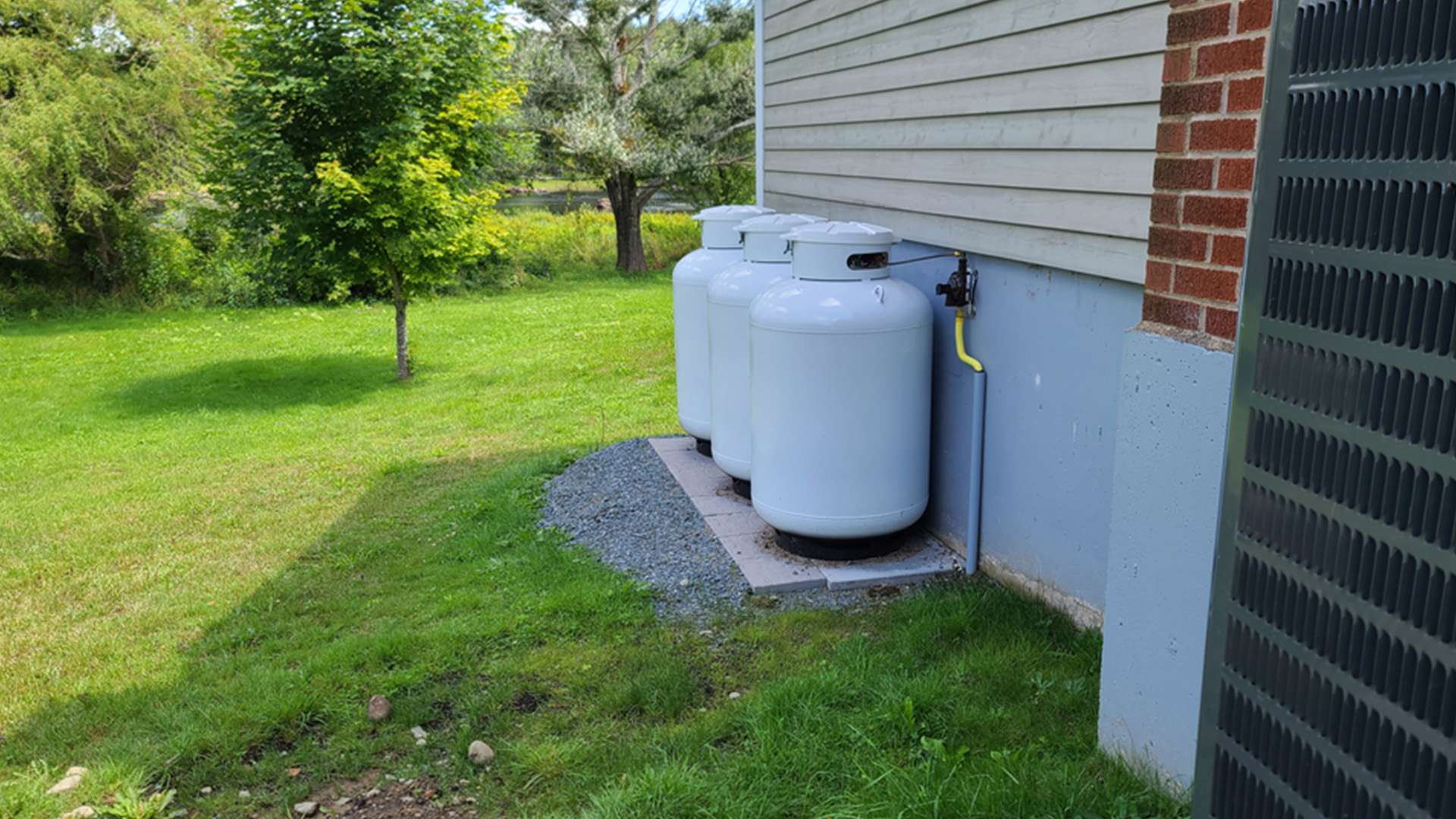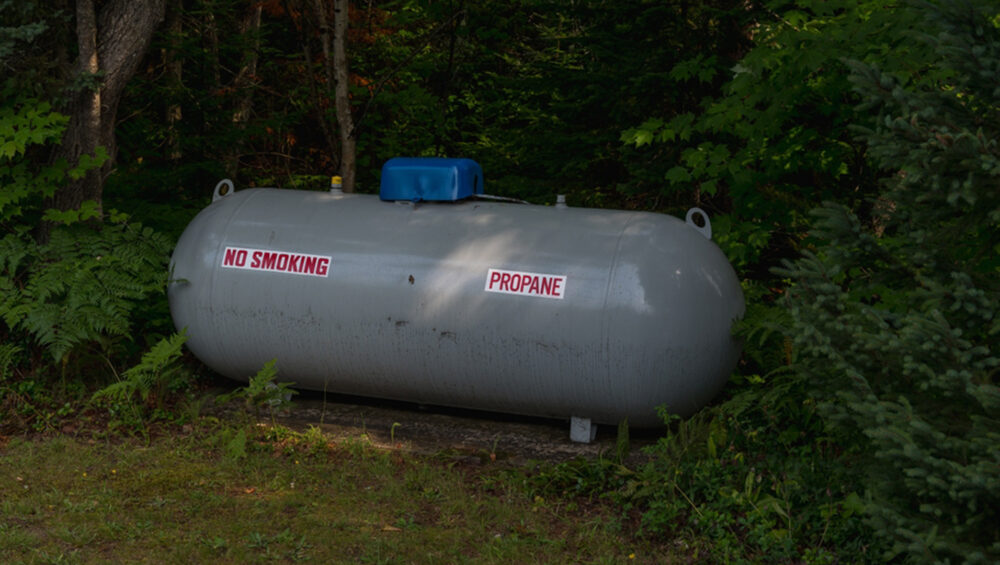Propane is a versatile and widely used fuel source. It is essential for heating homes, powering appliances, and performing many more tasks. However, in the event of an emergency, knowing how to safely turn off your propane tank is very important to prevent accidents. Even if you have a 500-gallon propane tank or a small 20 lb propane tank, the steps to shut it down are mostly similar. This guide will walk you through the necessary precautions and steps to ensure your safety.
 Understanding the Importance of Shutting Off Your Propane Tank
Understanding the Importance of Shutting Off Your Propane Tank
Emergencies like leaks, fires, or natural disasters can occur without warning. If you notice an unusual odor that smells similar to rotten eggs, you have to deal with it quickly. Propane gas is flammable. Leaks can lead to explosions or fires. By knowing how to turn off your propane tank, you can minimize these risks and protect yourself and your loved ones.
Step-by-Step Guide
- Identify the Location of Your Propane Tank
The first task is to find the position of your propane tank. Depending on your setup, it could be a large propane tank buried underground or a smaller propane tank above ground. Knowing where your propane tank is located is the first step so you can access it quickly in an emergency.
- Check for Any Visible Damage or Leaks
Before approaching your propane tank, inspect the area for any signs of a leak. You may notice a hissing sound, bubbles if the leak is near water, or the smell of propane gas. If you detect any of these signs, evacuate the area immediately and contact your propane supplier. Do not try to turn off the tank if you think the problem is very serious.
- Turn Off the Main Valve
The main valve on your propane tank controls the flow of gas. To shut it off:
- Approach the tank cautiously.
- Locate the main valve. It is usually found on top of the tank.
- Turn the valve clockwise (right) until it stops. This will stop the flow of propane gas.
For smaller tanks, the valve is mostly on the top of the cylinder. For larger tanks, the valve may be slightly more complex, but the principle remains the same.
- Shut Off the Supply to Appliances
If your home uses propane for multiple appliances, it’s important to shut off the gas supply to each appliance. This can usually be done by turning off the appliance’s valve or the shut-off valve connected to the appliance’s gas line.
- Ventilate the Area
After turning off the propane tank, open windows and doors to ventilate the area. This step helps to dissipate any remaining propane gas. Avoid using any electrical switches or devices that could ignite the gas.
When to Contact a Professional
If you are unsure about handling the situation, it’s always best to call a professional. Many propane companies offer emergency services. They can guide you on the best steps to take. In extreme cases, such as a large leak or a fire, contact your local fire department immediately.
Regular Safety Checks
Prevention is better than cure. Regular maintenance of your propane system can prevent emergencies. Schedule regular inspections with your propane supplier. Make sure that your propane delivery and refill services are done by reputable companies. Consider investing in a gas detector to alert you to leaks. It’s also wise to keep track of the age and condition of your propane tanks.
Preparing for Future Emergencies
Emergency preparedness is not just about knowing how to turn off your propane tank. It also involves having an emergency plan, which includes:
- A list of emergency contacts, including your propane supplier.
- A safe evacuation route.
- Knowledge of the location of all gas shut-off valves in your home.
If you don’t already have one, consider creating an emergency kit that includes essentials like a flashlight, batteries, first-aid supplies, and a copy of your propane supplier’s contact information.
Conclusion
Turning off your propane tank in an emergency is a vital skill for every propane user. Whether you use propane gas for heating, cooking, or other purposes, understanding how to safely shut off your propane tank can prevent dangerous situations. By following these steps, conducting regular maintenance, and staying prepared, you can ensure the safety of your home and loved ones.


